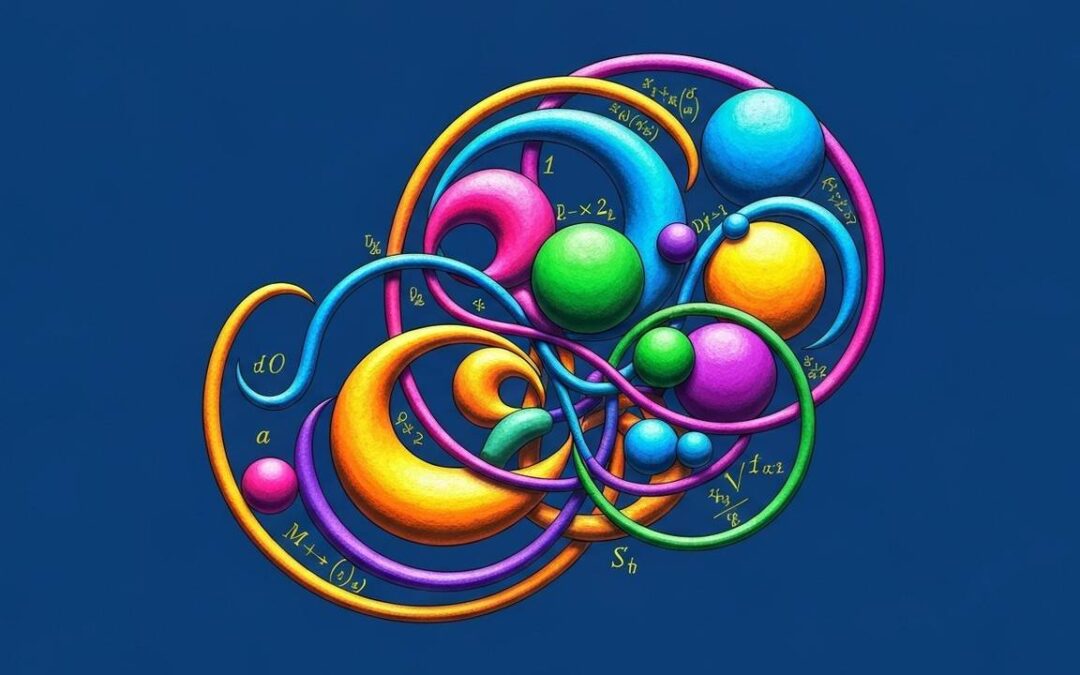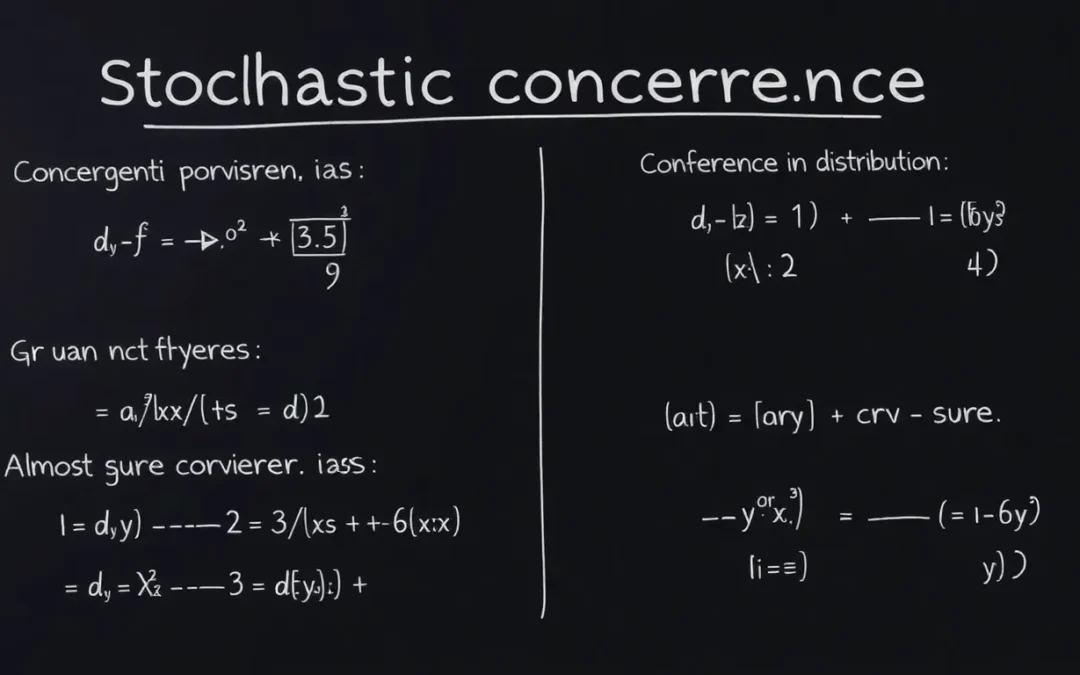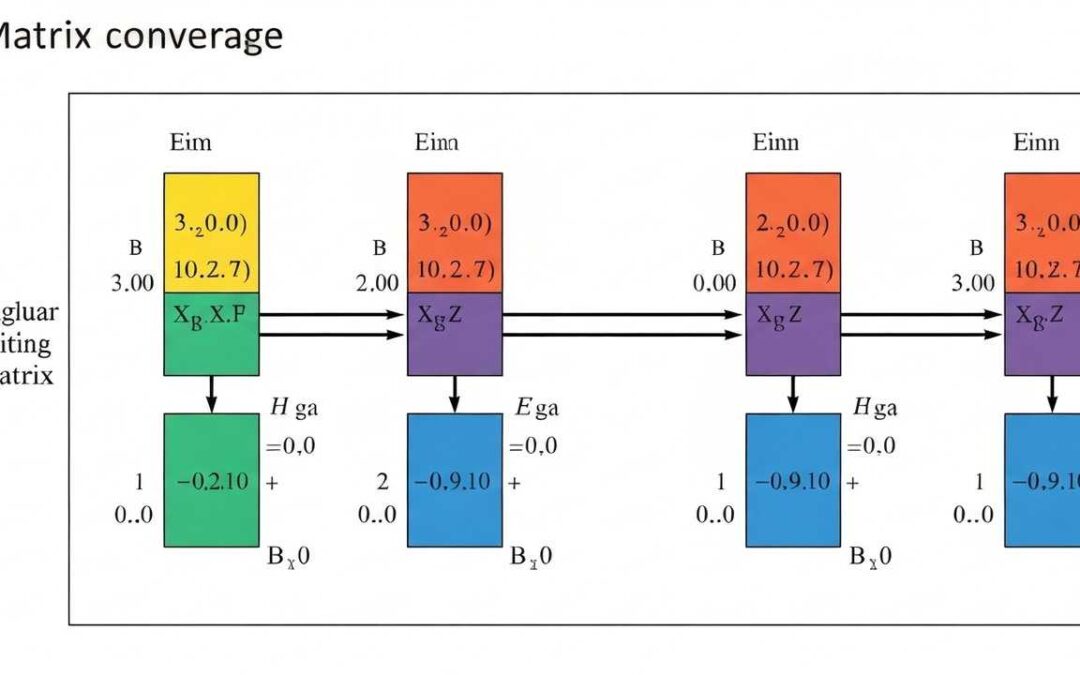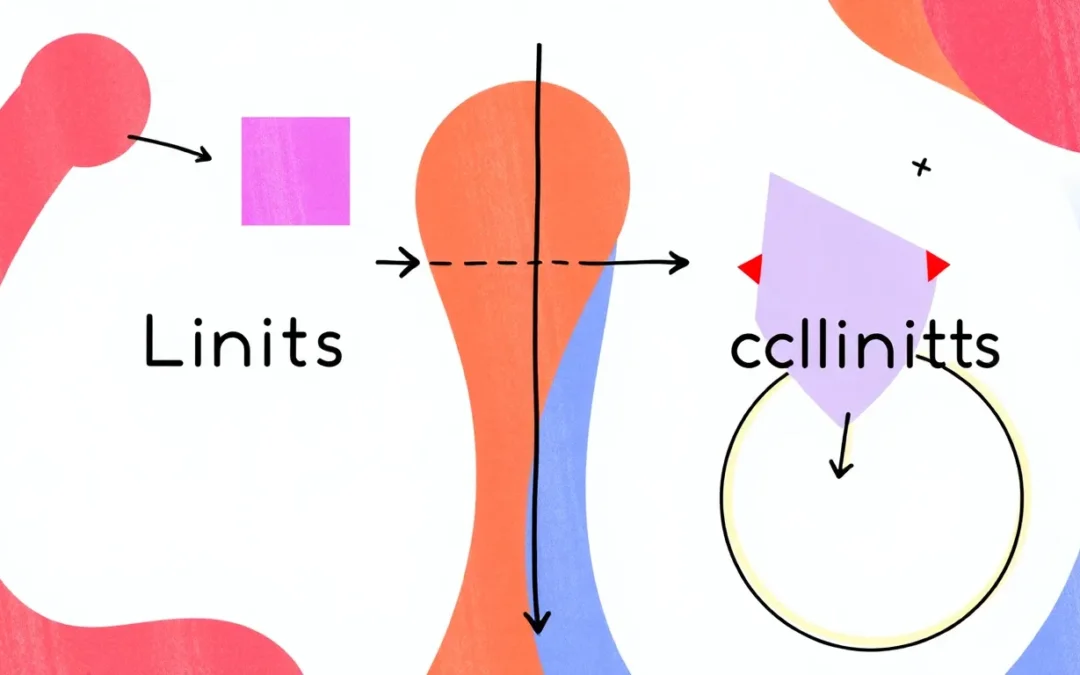In this post, we’ll delve into the fundamental concepts of open and closed intervals in mathematics. These concepts are crucial for defining ranges of values and are frequently used in calculus and other mathematical disciplines. Understanding the nuances between open and closed intervals is vital for accurately representing and manipulating ranges of values. Today, I will discuss how to identify and use these intervals effectively.
Specifically, we’ll examine the characteristics of open intervals, which exclude their endpoints, and closed intervals, which include them. For example, the open interval (1, 5) represents all real numbers greater than 1 and less than 5, but not including 1 or 5. Likewise, the closed interval [2, 8] includes both 2 and 8. Consequently, understanding these distinctions is essential for correctly applying interval notation in various mathematical contexts. Furthermore, we’ll explore visual representations and provide illustrative examples to solidify your comprehension.
We also Published
“Understanding open and closed intervals is crucial for various mathematical applications.”
Welcome to this blog post where we explore the fundamental concepts of open and closed intervals in mathematics. These concepts are crucial in various branches of mathematics, including calculus, and are used to define ranges of values.
Understanding Open Intervals
An open interval represents a range of values that does not include its endpoints. It’s denoted using parentheses. Geometrically, an open interval is a line segment without its endpoints. This concept is often used in defining domains of functions and solving inequalities.
For example, the open interval (1, 5) represents all real numbers greater than 1 and less than 5. It does not include 1 or 5. This is often written as ##1 < x < 5##. Visualizing this on a number line, we see an empty circle at each endpoint, signifying that the endpoints are not included in the interval.
Understanding Closed Intervals
A closed interval, on the other hand, includes its endpoints. It’s denoted using square brackets. Geometrically, a closed interval is a line segment with its endpoints. This is often used in defining ranges of values and specifying conditions for variables.
For instance, the closed interval [2, 8] represents all real numbers greater than or equal to 2 and less than or equal to 8. This includes 2 and 8. It can be written as ##2 ≤ x ≤ 8##. Visualizing this on a number line, we see a filled circle at each endpoint, indicating that the endpoints are included in the interval.
Visual Representation and Examples
Open Intervals
Consider the open interval (a, b). This represents all real numbers x such that a < x < b. Graphically, this is depicted as a line segment between a and b, excluding the endpoints a and b. The endpoints are indicated by empty circles on the number line.
For example, the open interval (3, 7) represents all real numbers greater than 3 and less than 7. The numbers 3 and 7 are not included in the interval.
Closed Intervals
Now consider the closed interval [a, b]. This represents all real numbers x such that a ≤ x ≤ b. Graphically, this is depicted as a line segment between a and b, including the endpoints a and b. The endpoints are indicated by filled circles on the number line.
For example, the closed interval [−2, 4] represents all real numbers greater than or equal to −2 and less than or equal to 4. The numbers −2 and 4 are included in the interval.
Illustrative Examples
Let’s illustrate with a few more examples. The interval (–∞, 2) represents all real numbers less than 2, while the interval [5, ∞) represents all real numbers greater than or equal to 5. These examples showcase the versatility of intervals in representing ranges of values.
These examples demonstrate the versatility of intervals in representing various ranges of values. Open and closed intervals are fundamental concepts in many areas of mathematics, including calculus, and are essential for defining domains of functions and solving inequalities.
Applications in Different Fields
Open and closed intervals are used extensively in various fields. In physics, they can define the range of possible values for a physical quantity. In computer science, they can represent the range of valid input values for a program. These concepts are fundamental for modeling real-world phenomena and developing algorithms.
These concepts are fundamental for modeling real-world phenomena and developing algorithms. Their use in physics, engineering, and computer science highlights their importance in practical applications.
Key Differences
The key difference lies in whether the endpoints are included. Open intervals exclude the endpoints, while closed intervals include them. This subtle difference can have significant implications in mathematical reasoning and problem-solving.
This distinction is crucial in mathematical reasoning and problem-solving, especially when dealing with inequalities and function domains. Understanding this difference is vital for accurately representing and manipulating ranges of values.
Summary
Open and closed intervals are fundamental concepts in mathematics. They define ranges of values, with open intervals excluding endpoints and closed intervals including them. Understanding these concepts is crucial for various mathematical applications.
Mastering open and closed intervals is essential for success in mathematics. Their applications extend far beyond basic arithmetic, influencing various fields like physics, engineering, and computer science.
Further Exploration
Explore the concept of half-open intervals, which combine characteristics of both open and closed intervals. These concepts are fundamental for defining domains of functions and solving inequalities.
Further exploration into half-open intervals can enhance your understanding of interval notation and its applications in various mathematical contexts. These concepts are crucial for defining domains of functions and solving inequalities.
Similar Problems
Problem 1:
Represent the interval ##x ∈ [−3, 5]## using interval notation.
Solution: ##[−3, 5]##
Problem 2:
Describe the interval ##(2, 10)## in words.
Solution: All real numbers greater than 2 and less than 10.
Problem 3:
Write the interval ##x ∈ (−∞, 7)## in words.
Solution: All real numbers less than 7.
Problem 4:
Express the interval ##[−1, ∞)## using words.
Solution: All real numbers greater than or equal to −1.
Problem 5:
Represent the interval from −4 to 1 (inclusive) using interval notation.
Solution: ##[−4, 1]##
| Interval Type | Notation | Description |
|---|---|---|
| Open Interval | (a, b) | All real numbers x such that a < x < b. (Does not include a or b.) Example: (3, 7) |
| Closed Interval | [a, b] | All real numbers x such that a ≤ x ≤ b. (Includes a and b.) Example: [−2, 4] |
| Open-Closed Interval (Half-Open) | (a, b] | All real numbers x such that a < x ≤ b. (Includes b, but not a.) Example: (3, 7] |
| Closed-Open Interval (Half-Open) | [a, b) | All real numbers x such that a ≤ x < b. (Includes a, but not b.) Example: [−2, 4) |
| Infinite Interval (Open) | (a, ∞) | All real numbers x such that x > a. (Does not include a.) |
| Infinite Interval (Closed) | [a, ∞) | All real numbers x such that x ≥ a. (Includes a.) |
| Infinite Interval (Open) | (−∞, b) | All real numbers x such that x < b. (Does not include b.) |
| Infinite Interval (Closed) | (−∞, b] | All real numbers x such that x ≤ b. (Includes b.) |
| Open Interval | (−∞, ∞) | All real numbers. |
| Example | [−3, 5] | All real numbers between -3 and 5, inclusive. |
| Example | (2, 10) | All real numbers between 2 and 10, exclusive. |
| Example | (−∞, 7) | All real numbers less than 7. |
| Example | [−1, ∞) | All real numbers greater than or equal to -1. |
| Example | [−4, 1] | All real numbers between -4 and 1, inclusive. |
Understanding open and closed intervals is fundamental in mathematics, particularly in calculus and other advanced topics. These concepts define ranges of values, and accurately representing these ranges is crucial for solving problems and understanding mathematical relationships. This post provides a detailed explanation of open and closed intervals, along with illustrative examples and practical applications.
Open intervals exclude their endpoints, while closed intervals include them. This subtle difference can significantly impact the interpretation and application of mathematical concepts. Knowing when to use open or closed intervals is essential for accurately defining domains, ranges, and solutions to inequalities. This knowledge is also vital in many real-world applications, such as physics, engineering, and computer science.
- Open Intervals: These intervals exclude their endpoints, denoted by parentheses ( ). For example, (a, b) represents all values of x such that a < x < b.
- Closed Intervals: These intervals include their endpoints, denoted by square brackets [ ]. For example, [a, b] represents all values of x such that a ≤ x ≤ b.
- Visual Representation: Open intervals are depicted on a number line with empty circles at the endpoints, while closed intervals use filled circles.
- Applications: Open and closed intervals are used in various mathematical contexts, including defining domains of functions, solving inequalities, and representing ranges of values in physics and engineering.
- Applications: Open and closed intervals are used in various mathematical contexts, including defining domains of functions, solving inequalities, and representing ranges of values in physics and engineering.
By understanding the key differences between open and closed intervals, you can confidently apply interval notation in various mathematical contexts. This knowledge is essential for tackling more complex problems and deepening your understanding of mathematical concepts. Further exploration into half-open intervals can provide a more comprehensive understanding of interval notation.
Practice with the provided examples and explore similar problems to solidify your grasp of open and closed intervals. This knowledge is fundamental for success in mathematics and its applications in various fields.
We also Published
RESOURCES
- Open Interval Definition (Illustrated Mathematics Dictionary)
- Difference between closed and open intervals for …
- Open Interval and Closed Interval – Definition, Examples, …
- What’s the difference between an open interval vs a closed …
- Math 1010 on-line – Intervals
- Can you explain what an open and closed interval is on …
- Open & Closed Intervals | Definition & Examples – Lesson
- Open-and-close-interval DP doubt
- Summary of Optimization on Open or Unbounded Intervals
- Open Interval Definition (Illustrated Mathematics Dictionary)
- Interval Definitions – fhur.me








0 Comments